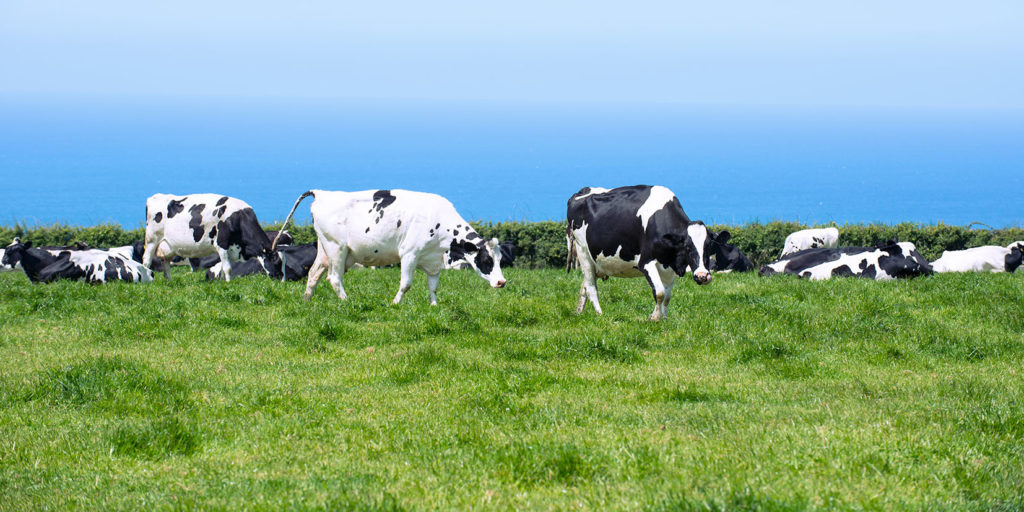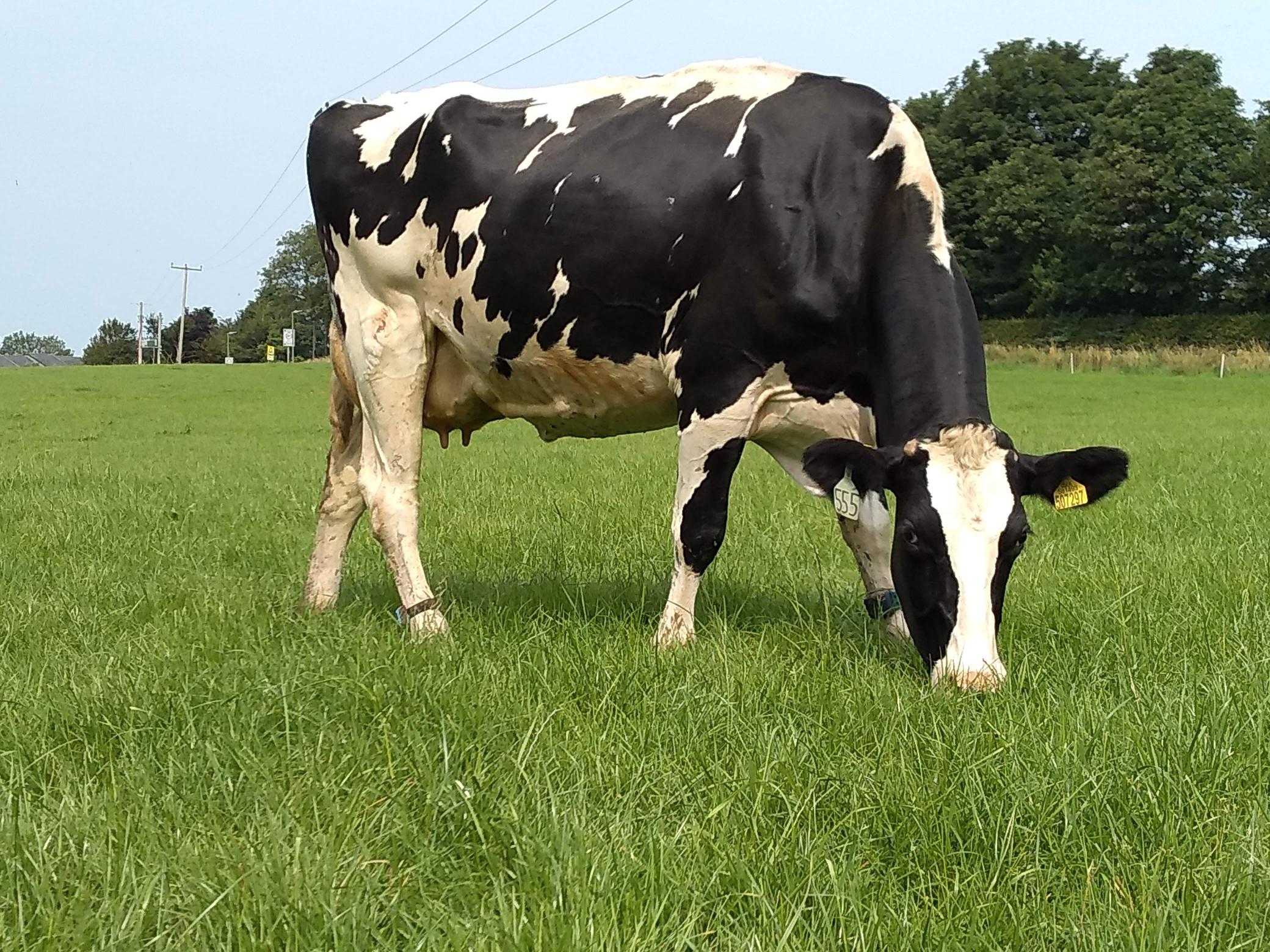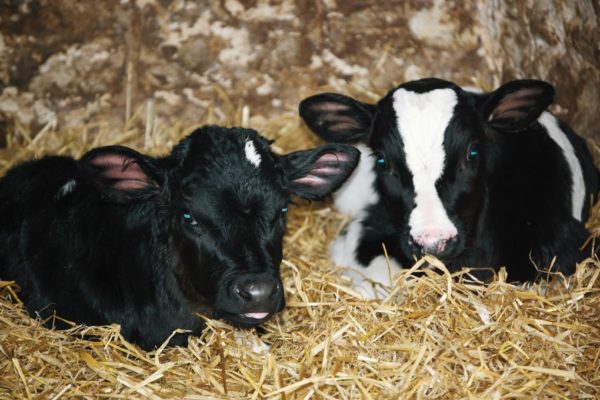Scotland’s Dairy Sector’s Progress Towards Net Zero 2045
8 August 2024
The Scottish Government has released the latest figures for Scottish agriculture’s greenhouse gas (GHG) emissions and nitrogen use for the accounting year 2022-23. The results are broadly positive with the lowest agricultural emissions since the baseline period of 1990, and a 3% drop on the previous year, down to 7.7MtCO2e (million tonnes of carbon dioxide equivalent).
Figure 1. Total emissions by sector

As figure 1 reveals, the dairy sector is the third greatest contributor to Scotland’s agricultural emissions at 1.34MtCO2e. However, emissions dropped by 4% from the previous year, building on its record of efficient food production with a now 17% drop in emissions since 1990.
Dairy is a high emissions sector and dairy farms tend to have the highest emissions per hectare due to high stocking densities, with an average of 17.8tCO2e being emitted per hectare. However, despite producing a lot of emissions, if we look at emission intensity, dairy farms have a lower emission intensity than other livestock sectors due to its high output (milk, meat etc). The average dairy farm has an emission intensity of 1.5kg CO2e/kg output.
Sources of emissions across different farming systems
Figure 2. Sources of emissions across each sector

Figure 2 reveals that the majority of emissions from dairy, like other ruminant farming systems, is methane from enteric fermentation, which makes up just under 56% of the dairy sector’s emissions. This is followed by manure management (22%), agricultural soils (14%), fuel combustion (6%) and liming (2%).
How to reduce the sources
Enteric fermentation is a digestive process whereby carbohydrates are broken down by microorganisms. Both ruminant animals (e.g. cattle and sheep), and some non-ruminant animals (e.g. swine and horses) produce methane during this process. Technological solutions to reduce enteric fermentation emissions are currently being developed and tested by the sector, such as methane inhibitors including 3-NOP and seaweed. The tried and tested method for reducing these emissions is through breeding, selective culling, genetic profiling and genetic gain. This is something that the dairy sector is well ahead of the curve on, and most dairy farming systems are effectively identifying and culling poor performing cows, to ensure that all animals on the farm are producing milk efficiently.
Manure management describes the methods used to capture, store, treat and use animal manure within a farm system. The choice of manure management techniques can significantly alter the GHG emissions of the manure. During storage, reducing the area of the manure which is open to the elements can reduce GHG emissions, for example covering a slurry store can reduce ammonia emissions by up to 80%.
Agricultural soils describe emissions related to soil respiration, primarily nitrous oxide (N2O). Maintaining a healthy living soil is key, and to reduce emissions related to agricultural soils businesses should seek to reduce soil compaction, minimise cultivations where possible and actively monitor and improve soil nutrition.
Fuel combustion includes emissions from the burning of fossil fuels and is primarily caused by machinery use. Small steps such as ensuring machinery is properly maintained, tyre pressures are correct and not having machinery idling can help to reduce fuel emissions and fuel costs.
Applying lime to soils and maintaining optimum pH levels has multiple benefits including reducing fertiliser use. However, it does generate emissions in the year in which application occurs, though this will be offset by emission reductions from more efficient use of fertiliser and increased crop yields in subsequent years.
Conclusion
The results of the GHG statistics for 2022-23 show that agriculture is moving in the right direction. The dairy sector has a positive story within the statistics, having the lowest carbon footprint of the livestock sectors. Continued progress in emission reductions is required to meet the target of a 35% reduction from the baseline year of 1990.
Sign up to the FAS newsletter
Receive updates on news, events and publications from Scotland’s Farm Advisory Service
























